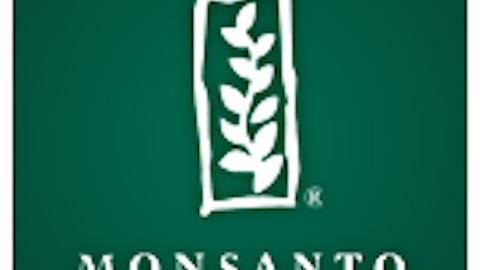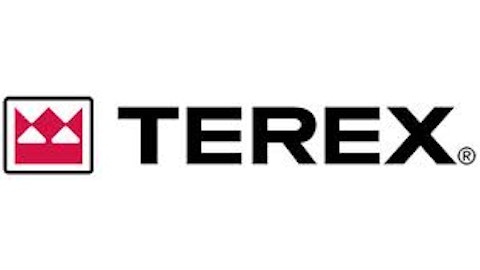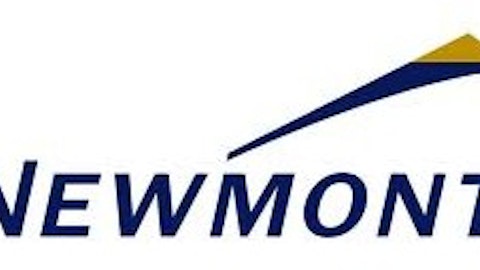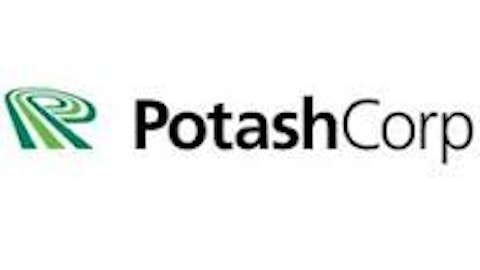
Image source: Wikimedia Commons
August 2013 will perhaps find a place in the fertilizer industry’s history books. It was a tumultuous month, replete with shocks and surprises from across the board. Though the game-changer news of the breakup of Uralkali-Belaruskali potash cartel hit headlines in late July, it had a ripple effect in August as Russia and Belarus locked horns, keeping fertilizer stocks on the hook.
On the other hand, fears of a record crop this year weighed heavily on corn prices last month, sending stocks of seed and nutrient companies lower. With the last summer month leaving most agricultural stocks sweating, it may be a good idea for investors to prepare themselves, just in case Fall decides to live up to its name.
Here are the three most important developments that every investor in the agricultural sector should track this month:
Where is all this going?
Soon after Russia’s Uralkali decided to part ways with Belarus’ Belaruskali, Belarus detained Uralkali’s CEO on charges of misuse of power, sending shock waves in the industry. Fears of a looming potash price war sent stocks of Potash Corp./Saskatchewan (USA) (NYSE:POT), Mosaic Co (NYSE:MOS), and Agrium tumbling. The three are members of the only other powerful cartel in the potash market, Canpotex.
The spat has taken an ugly political twist, with Russia withholding oil and other essential supplies from Belarus. That further dims the chances of the companies uniting again, which means Uralkali will likely stick to its intention of increasing potash volumes even at the cost of lower prices. That bodes ill for Potash Corp./Saskatchewan (USA) (NYSE:POT) and Mosaic Co (NYSE:MOS). Lower realized prices even offset record potash shipments in the last quarter, resulting in flattish potash sales for Mosaic Co (NYSE:MOS) and an 18% drop in Potash Corp./Saskatchewan (USA) (NYSE:POT)’s sales from the nutrient. Agrium should be better off because it gets less than 5% of its revenue from potash.
Investors should remain alert. Potash prices are already showing signs of weakness in markets like Brazil. If Uralkali starts booking orders at lower prices, it could spell trouble for Canpotex. Conversely, if Beruskali strikes a bargain with Uralkali keeping the economic implications in mind, the pessimism in the potash market could wash away as quickly as it had formed.
Don’t let the USDA out of your sight

Image Source: Wikimedia Commons
The weather continues to play truant this year, with some reports claiming that crops conditions in the important regions of Iowa and Minnesota are deteriorating. Considering the way the temperatures shot up toward the end of August, those reports may have substance. Investors will be best informed if they track the U.S. Department of Agriculture’s releases.
In particular, keep an eye on the Crop Production report that is slated for a September 12 release. The comprehensive report will carry USDA’s projections about the size of essential crops like corn and soybeans. On last count, the USDA was expecting record corn production and the third-largest soybeans crop this year.
If drought-like conditions exacerbate in the Midwest, the USDA may revise its yield projections downward. That should lift corn prices and particularly help companies like CF Industries Holdings, Inc. (NYSE:CF). CF Industries Holdings, Inc. (NYSE:CF)’s primary product nitrogen, which makes up more than 80% of its total revenue, is also the most essential nutrient for corn crop. Higher corn prices mean higher farm income and greater demand for fertilizers.




